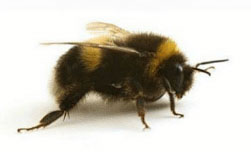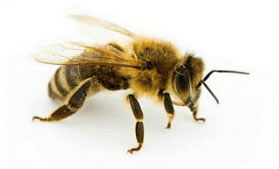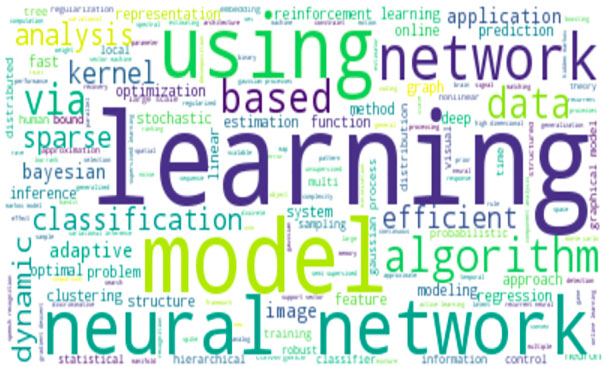Projets

Naïve Bees (Part 2) - Predict Species from Images
Can a machine distinguish between a honey bee and a bumble bee? Being able to identify bee species from images, while challenging, would allow researchers to more quickly and effectively collect field data. In this project, we will use the Python image library Pillow to load and manipulate image data, then build a model to identify honey bees and bumble bees given an image of these insects. This project is the second part of a series of projects that walk through working with image data, building classifiers using traditional techniques, and leveraging the power of deep learning for computer vision.

Naïve Bees (Part 1) - Image Loading and Processing
Can a machine distinguish between a honey bee and a bumble bee? Being able to identify bee species from images, while challenging, would allow researchers to more quickly and effectively collect field data. In this Project, we will use the Python image library Pillow to load and manipulate image data. We'll use common transformations of images and see how to build them into a pipeline.

The Hottest Topics in Machine Learning
Neural Information Processing Systems (NIPS) is one of the top machine learning conferences in the world where groundbreaking work is published. In this Project, you will analyze a large collection of NIPS research papers from the past decade to discover the latest trends in machine learning. The techniques used here to handle large amounts of data can be applied to other text datasets as well.

Classify Song Genres from Audio Data
Using a dataset gathering informations about songs of two music genres (Hip-Hop and Rock), we train a classifier to distinguish the genre based only on track information. We first explore and test the data for obvious trends or factors we should be aware of when doing machine learning. Next, we predict whether we can correctly classify a song's genre based on features such as danceability, energy, acousticness, tempo, etc. We go over implementations of common algorithms such as PCA, logistic regression, or decision trees.

Exploring the Bitcoin Cryptocurrency Market
Since the launch of Bitcoin in 2008, hundreds of similar projects based on the blockchain technology have emerged. We call these cryptocurrencies (also coins or cryptos in the Internet slang). Some have become extremely valuable in recent years, and others might have the potential to become extremely valuable in the future. In fact, the 6th of December of 2017 Bitcoin has a market capitalization above $200 billion. Let's get a better insight on the cryptocurrencies market with some quantitative and visual EDA.
